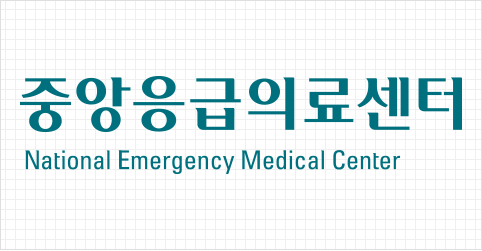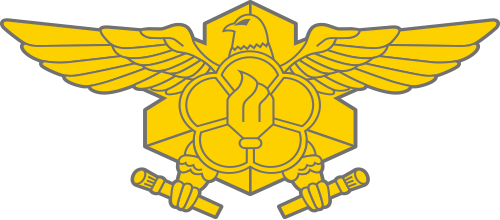Emergency services in Korea, firefighters, EMS
- Tony Giny
- Nov 23, 2022
- 3 min read
Updated: Dec 12, 2022
You may have already seen the red firefighter trucks in Korea, always rushing to a new emergency. Those are people who every day save people's lives!
Korea has the NEMC which is the National Emergency Medical Center and the NFA which is National Fire Agency. They both work together to protect the city!
The National Emergency Medical Center (NEMC) promotes the cutting-edge emergency medical services (EMS) industry so that people can easily and quickly access emergency medical care.
The operating stages of EMSS
Pre-hospital and in-hospital phases make up the majority of the EMSS.
The following details each phase's requirements.
Pre-hospital phase
1: reporting of the accident and ambulance dispatch.
2. Until the ambulance arrives on the scene, the 119 operators (dispatchers) will provide emergency treatment guidance.
3. 119 (emergency medical technicians, paramedics) provided emergency care on the scene.
4. Choosing a hospital to take a patient to based on communication system information exchange between an ambulance and a hospital. Treatment is offered while being transported.
Phase 1 of hospitalization involves reviewing the initial emergency care and continuing it.
2. Appropriate tests are required for a diagnosis.
3. Choosing between emergency surgery or hospitalization (ICU, general ward).
4. Determining whether to transfer the patient to a qualified emergency facility (in case of injury, burn, poisoning, or cardiovascular
Hospitalization stage
1. A review of the initial care provided and ongoing emergency care.
2. Appropriate tests are required for a diagnosis.
3. Choosing between emergency surgery or hospitalization (ICU, general ward).
4. Choosing whether to transfer the patient to a qualified emergency center (injury, burn, poison, cardiovascular center, etc.) that has the medical staff, facilities, and tools necessary for the patient's emergency care. Choosing which hospital the patient will be transferred to.
Disaster-related emergencies
Disaster-related vocabulary In this context, the term "disaster" refers to events covered by Articles 3(1) and (2) of the "Framework Act on the Management of Disasters and Safety." Accidents with heavy casualties: These are accidents that resulted in several heavy casualties or that are suspected to have resulted in multiple heavy casualties and required different medical interventions to give emergency medical care. Accidents that result in significant casualties are not classified as disasters. Situation room for emergency medical services during a disaster: This phrase refers to a situation room set up and run by and within the NEMC under Article 25 of the Emergency Medical Service Act to manage and provide duties related to emergency medical services during a disaster, among other things. Disaster medical assistance team (DMAT): A medical team assembled before or after a disaster to offer support in the event
The NEMC’s symbol
The image of a bird that bears a meaning of speed and promptness is combined with a cross sign that symbolizes emergency medical services to express humanity
The Fire Service in South Korea (or Korea Fire Service) is an organization to prevent danger, protect the Republic of Korean people's lives and property, fire suppression and rescue, relief of emergency patients, prevention of disasters, disaster response, and provide recovery after a disaster occurs.
They are composed of many branches and services, the most important ones are:
- Central Fire Service
- Korea Fire Service
- National 119 Rescue Headquarters
In 1950 the National Fire Department of the Security Bureau was established.
The National Emergency Management Agency was established in 2004.
In 2017, on the basis of the Central Fire Service, the National Fire Agency was established as the country's singular firefighting service.
The firefighting organization of the Republic of Korea consists of the National Fire Agency under the Ministry of Interior and Security and the city or circuit firefighting headquarters.
They also have a cute mascot and logo.
The sparrow hawk symbolizes the National Fire Agency as it monitors its surroundings on alert, flying quickly to the scene to save a life when an accident occurs, then flying up again with its wings spread wide.
These mascots are collectively called Yeongungi—Yeongi is the female mascot, and Ungi is the male. Their names are easy to say and remember while creating a feeling of friendliness. Yeongungi, or “hero” in Korean, is responsible for safety and sacrifices if necessary for the people.
For more information visit:















Comments